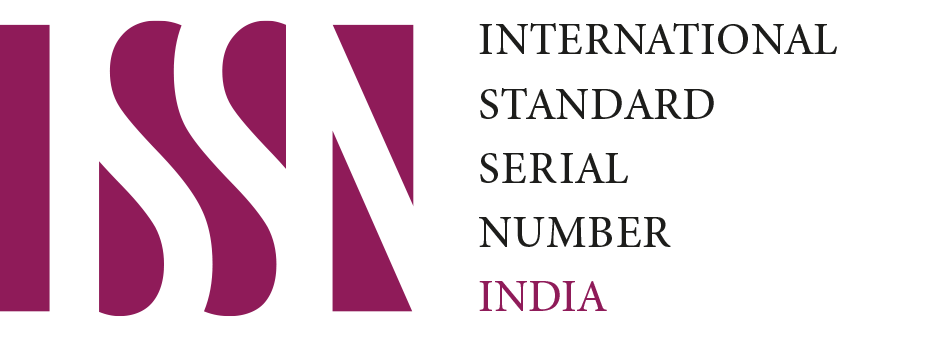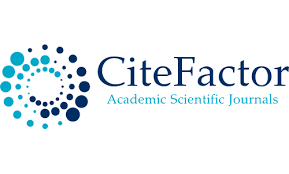THE METHODS HELPING TO IMPROVE READING SKILL
Erkinova Aziza Erkin qizi
Teacher in department of foreign languages Karshi Engineering Economics Institute
Keywords: Reading skills, phonics instruction, vocabulary development, reading comprehension, technology in reading, literacy education
Abstract
Reading is a vital ability required for academic achievement and lifetime learning. This article looks at many methods for efficiently improving learners' reading skills. By analyzing current literature and incorporating empirical findings, the study identifies essential techniques such as phonics instruction, vocabulary development, reading comprehension tactics, and the use of technology. The findings emphasize the necessity of a varied approach to reading education that is adapted to the needs of individual students.
References
Beck, I. L., McKeown, M. G., & Kucan, L. (2002). Bringing words to life: Robust vocabulary instruction. Guilford Press.
Duke, N. K., & Pearson, P. D. (2002). Effective practices for developing reading comprehension. In A. E. Farstrup & S. J. Samuels (Eds.), What research has to say about reading instruction (3rd ed., pp. 205-242). International Reading Association.
Ehri, L. C., Nunes, S. R., Willows, D. M., Schuster, B. V., Yaghoub-Zadeh, Z., & Shanahan, T. (2001). Phonemic awareness instruction helps children learn to read: Evidence from the National Reading Panel's meta-analysis. Reading Research Quarterly, 36(3), 250-287.
Kamil, M. L., Intrator, S. M., & Kim, H. S. (2000). The effects of other technologies on literacy and literacy learning. In M. L. Kamil, P. B. Mosenthal, P. D. Pearson, & R. Barr (Eds.), Handbook of reading research (Vol. 3, pp. 771-788). Lawrence Erlbaum Associates.
Snow, C. E., Burns, M. S., & Griffin, P. (1998). Preventing reading difficulties in young children. National Academy Press.
Palincsar, A. S., & Brown, A. L. (1984). Reciprocal teaching of comprehension-fostering and comprehension-monitoring activities. Cognition and Instruction, 1(2), 117-175.

















